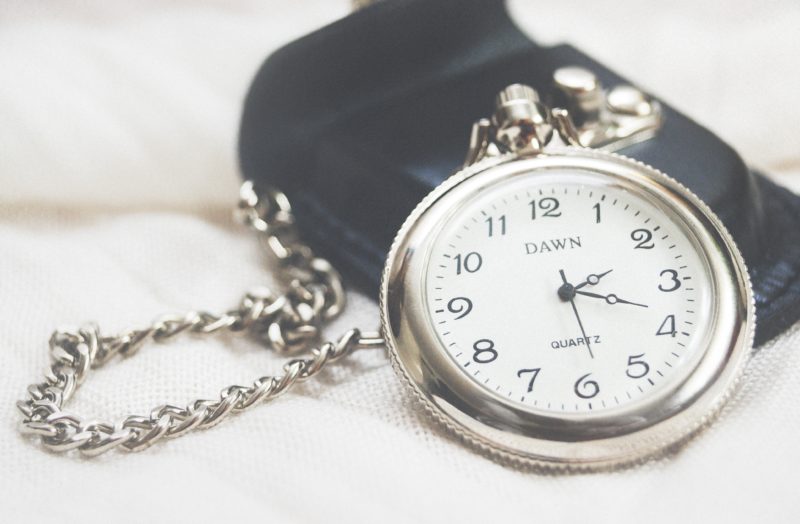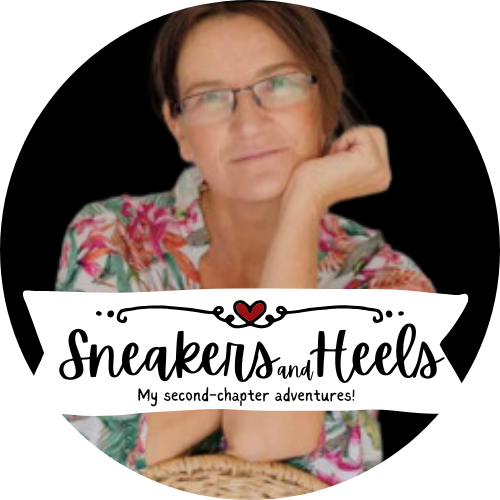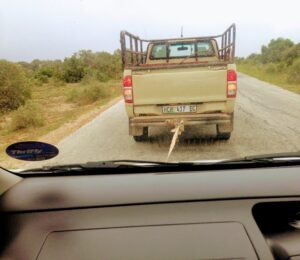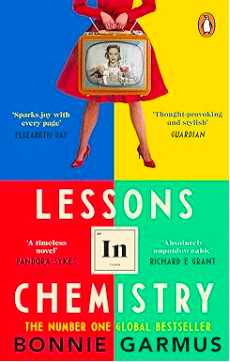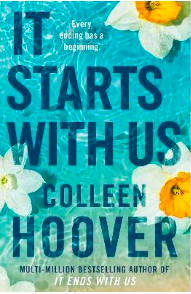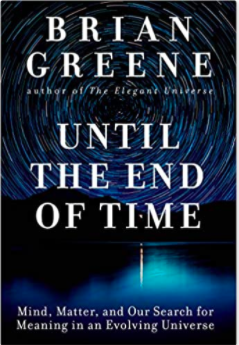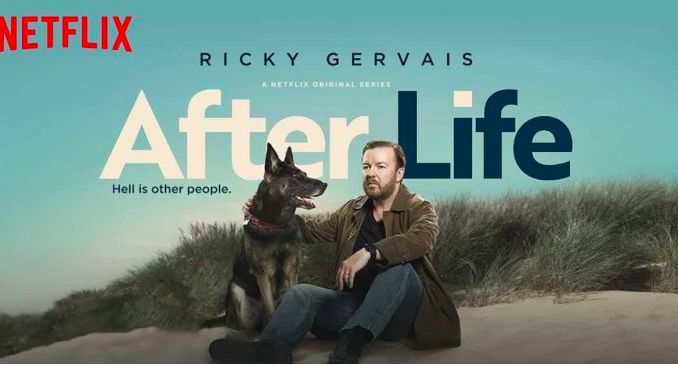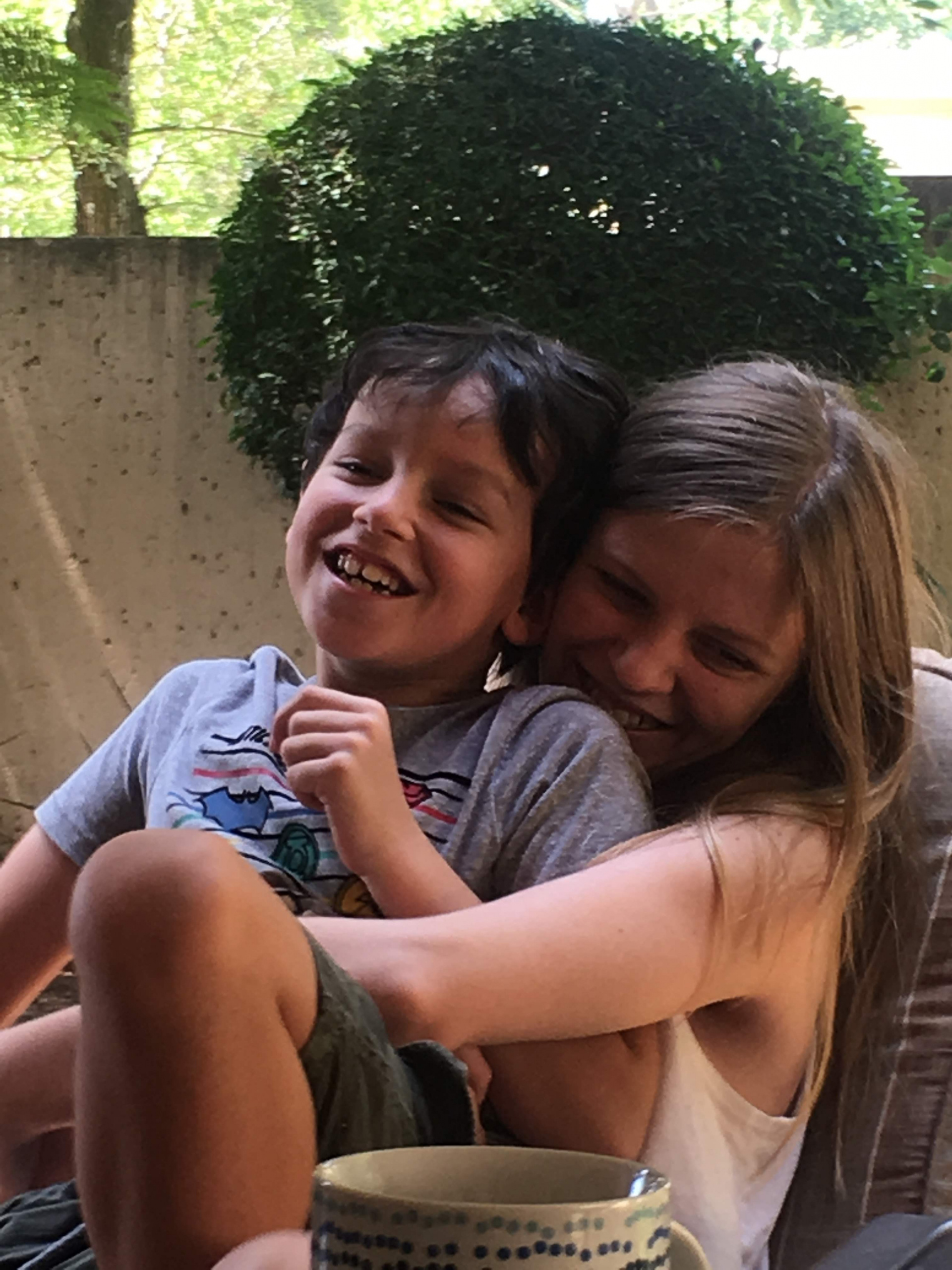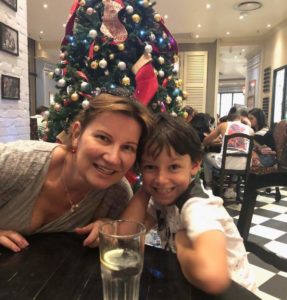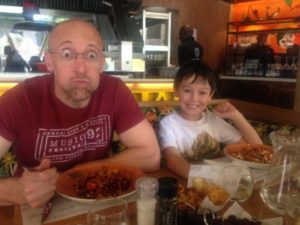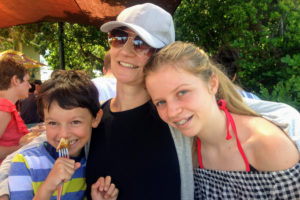It’s been 5 days since I found out that I most likely have Waldenstrom (it’s been 95% confirmed since then, and I should get the final diagnosis when I meet with my oncologist on the next week).
The most important question I had, like probably anybody else given a cancer diagnosis, is “how long do I have?“. Incurable means that there is no hope of it ever going away, yes. But how long can we co-exist? I asked Google. And, as it turns out, that is a very difficult question to answer, even in general (not taking my very unique circumstances into account).
For starters, Waldenstrom’s is not a cancer that you can “stage”, so you don’t apply a natural line of progression to it. It’s not as if I am in Stage 3 (out of a possible of 4) which at least would speak to the risk or prognosis of survival. Rather, the patient’s specific circumstances such as age and various markers are taken into account. They are then assessed together, and depending on the total score the patient is places in a low, medium or high risk group. It is called the International Prognostic Scoring System for Waldenstrom Macroglobulinemia (ISSWM).
This system takes into account the factors that seem to predict a poorer outcome, such as:
- Age more than 65 years old (Me: 45yrs)
- Blood hemoglobin level 11.5 g/dL or less (mine: 8.3g/dL)
- Platelet count 100,000/mcL or less (mine: unknown, at least to me)
- Beta-2 microglobulin more than 3 mg/L (mine: 8.9mg/L)
- Monoclonal IgM level more than 7 g/dL (mine: 13.4g/dL)
Except for age, each of these factors is worth a single point. The points are added to make a score, which is used to divide patients into 3 risk groups:
- The low-risk group includes patients 65 or younger who have no more than 1 point.
- The intermediate-risk group includes those who are older than 65 with 2 or fewer points, and those younger than 65 who have 2 points.
- The high-risk group includes those of any age who have at least 3 points.” (Source)
Based on the above, I am in the high risk group.
So what does that mean for survival rate?
There are two ways to look at it. One is to ask what percentage of high risk patients are alive at least 5 years from diagnosis/treatment? Another way is to determine “median survival“. This is how long it takes for half the patients in a group/study to die and for half to survive, from the time they start getting treatment (Source).
Low87%12 yearsIntermediate68%8 yearsHigh36%3.5 years
| Risk Group | 5 year survival rate | Median survival rate |
So on the face of it, given that I am in the High Risk group, I have a 36% chance of living past 5 years years, and half the people with my circumstances will be dead within 3.5 years. But this is a very, very unfairly pessimistic outlook for my personal circumstance!
Here are the problems/issues with the above methodology/logic:
1.
Most people who are diagnosed with WM are over 65. They will have a natural shorter life-left span than me, and are more likely to suffer/develop other aggravating conditions. I am only 45 yrs, and probably acquired WM when I was 38yrs, at most. This is highly unusual.
2.
Even though I have the markers, I have no severe symptoms (other than fatigue, due to the anaemia). In fact, I received this diagnosis by fluke as a result of a routine blood test done for completely unrelated, benign and boring reasons. And, from my limited research, it is very unusual to be both asymptomatic and high risk at the same time.
3.
Even more strangely, I definitely do not present with one of the key symptoms of WM which is a low immunity level. In fact, there is a running mantra in my family that “I never get sick”. Because I don’t. If Zac sneezes on Craig, Craig will pick up Zac’s cold. I can sleep next to Zac when he is sick, eat from his utensils etc etc and I will never, ever pick up the illness. Until I was diagnosed with the anaemia (during my pregnancy, by my OB), I had never been to a doctor (other than OB) in my life. No GP. Ever.
This is bizarre. WM affect white blood cells, compromising their ability to protect me. But I am the most “protected” person I know. I discussed this with my physician this morning, and she said that my immunity IS compromised. It is not possible for it not to be, because the bone marrow results clearly show that it must be. So, according to her, if I never get sick it’s because I am careful and obviously lead a fantastic healthy lifestyle (I can see Craig falling over with laughter here. I don’t think a day has gone by without him telling me what a shit lifestyle I lead and unless I start eating proper food and actually doing some exercise I am going to drop dead well before my time. Joke’s on him!)
4.
The studies that arrived at the above survival estimates were conducted on a very small group of people (600 and 5000) and of those, only about 5-10% fell into my age group. Even worse (better?) the studies were completed in 2010 and the quoted study only analysed people treated before 2002! A lot has happened in the way that treatment has progressed with this cancer in the last 5 years, never mind the last 16, and I am sure more current studies would show much more optimism!
5.
In support of my scepticism of the above survival rates are the many personal stories online from people who have been living with WM for 20yrs plus, and are going strong. Like this one, for instance.
Bottom line?
I obviously need to speak to the oncologist, which will happen next week. But my expectation is that there are no concrete answers. Based on gut feel, and how I actually feel, combined with my research on new treatments etc I am genuinely confident that I am going to die with WM, not from it. It might not be a fun ride at all times, but I’ll just ride it out. When I turned 45 in March I figured I was at the half way mark. I’ll stick to that expectation for now 🙂
xx,

.
.
PS: If you are specifically interested in my Waldenstrom journey, from diagnosis to the present day, then I suggest you view this page to see all the posts I have written about it, in reverse chronological order, or start on Day One of my Journey .

